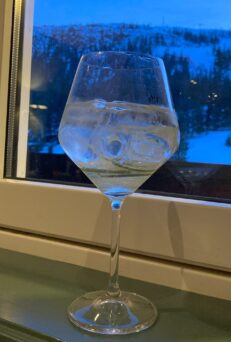If you think about what you put inside it, maybe it’s worth remembering how long you’ve had your current ski helmet. How do you know when it’s time to replace your head protection?
Helmet specialist Giro recommends replacing your ski helmet every three to five years, depending on usage and handling:
“This is based on observation of the average user, and factors like wear over time, weather, handling, the potential for degradation from personal care products like sunscreen or bug spray, and the simple fact that helmets do improve over time.
“While helmets kept in good condition can provide protective capability beyond the 3-5 year recommended lifespan, it’s also true that they can degrade over time.”
get your ski helmet checked over
Most importantly, when your helmet suffers an impact, you must get it checked over or replaced immediately even if there is no visible damage.
According to Giro: “This is because helmet liners are made to absorb energy from impacts and they do this through their own degradation or destruction – like an airbag in a car. If the liner is compromised from an impact or other factors, it may not offer the full protective capability it was designed to provide.”
Even if you don’t have an accident and bang your ski helmet directly, it can still suffer knocks from chairlift barriers etc while you are on the slopes. Bear in mind too that the protective core of your helmet experiences prolonged pressure from your head, minor bangs in transit and from being placed on hard surfaces etc.

Packing your helmet full of ski clothing during travel can also have an ongoing (albeit minimal) effect on its protective ability. The cumulative effects of pressure and impacts over time mean the cushioned core of your ski helmet will gradually lose volume, leaving it less effective if you fall or are involved in an accident.
Update for Comfort and safety
A ski helmet that has a few visible dings and dents, and is more than five years old, is one that probably needs replacing. In addition to the safety factor, technology and materials improve over time, as do comfort options – like detachable ear pads, Bluetooth®, visors and air vents.
We advise:
- Save money on ski clothing by buying and selling second hand, and divert your budget towards a good quality ski helmet to protect yourself on the piste.
- When buying preloved ski equipment, or after a prolonged period away from the ski slopes, always get it checked over by a professional before use. Make friends with your local ski shop – their expertise could prove vital.






